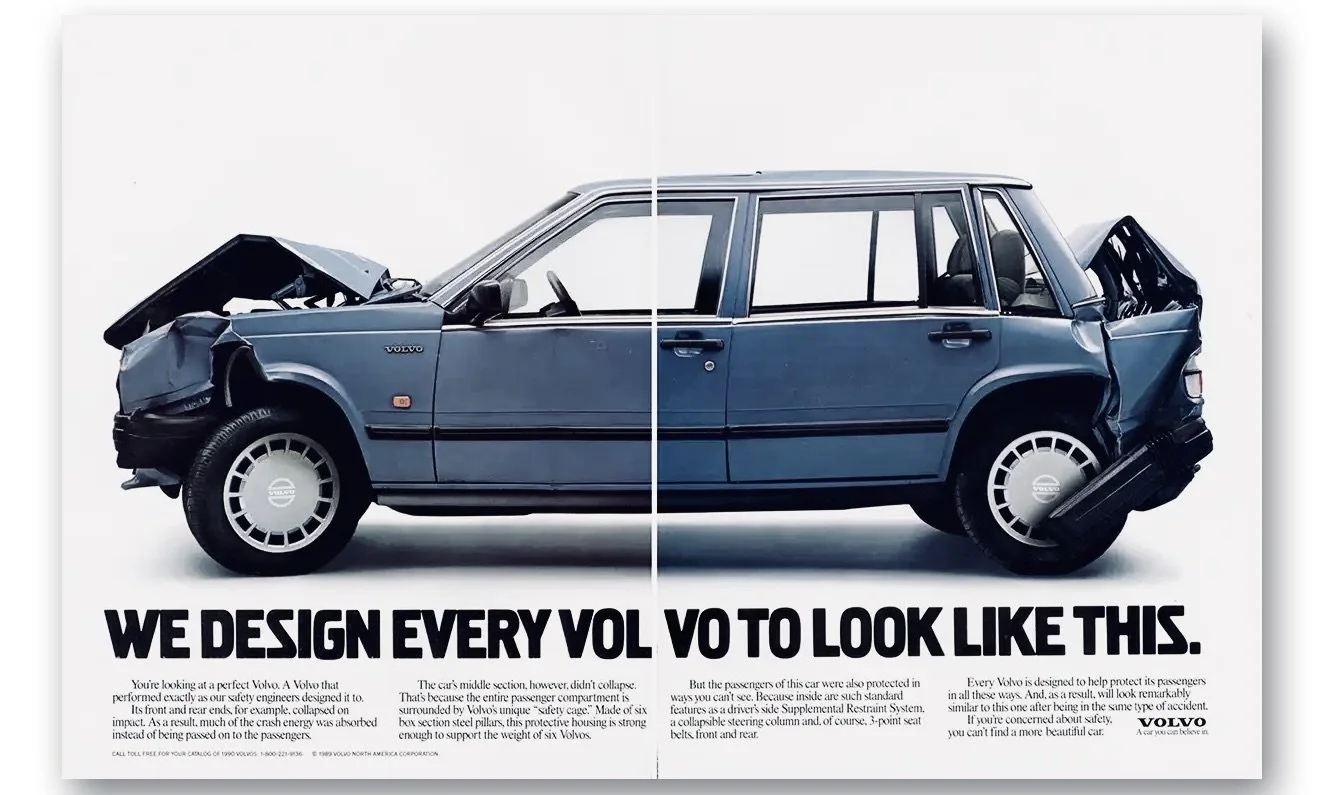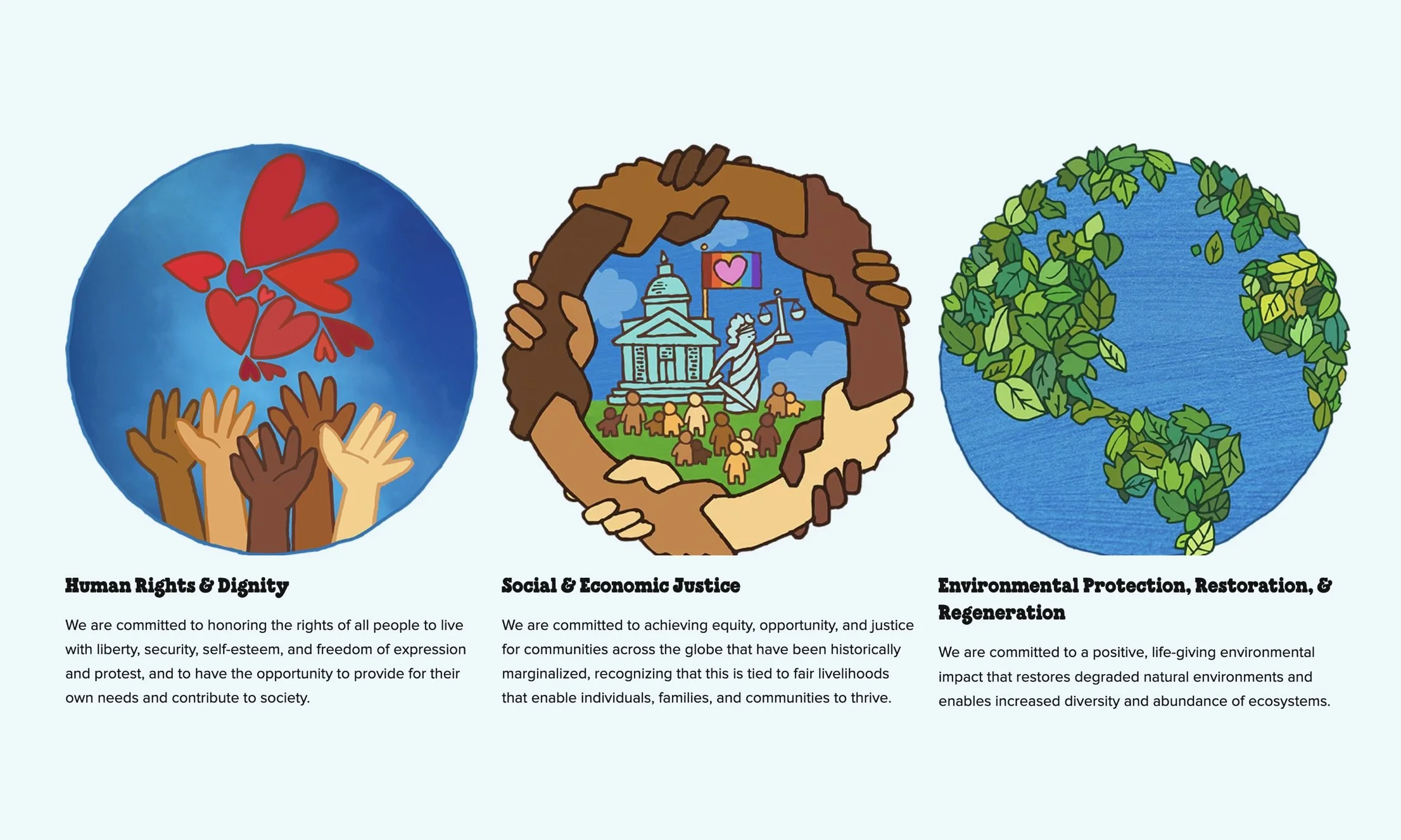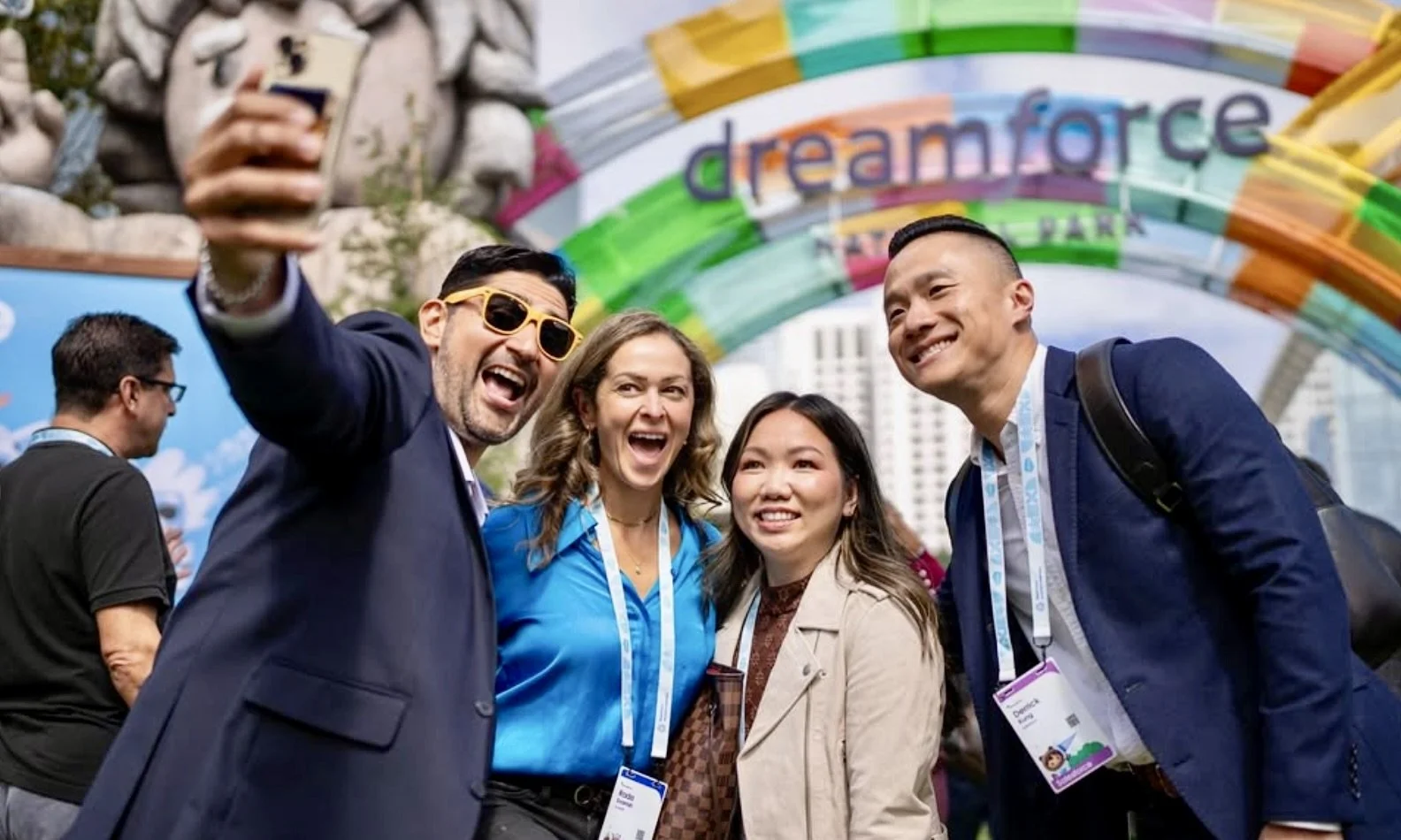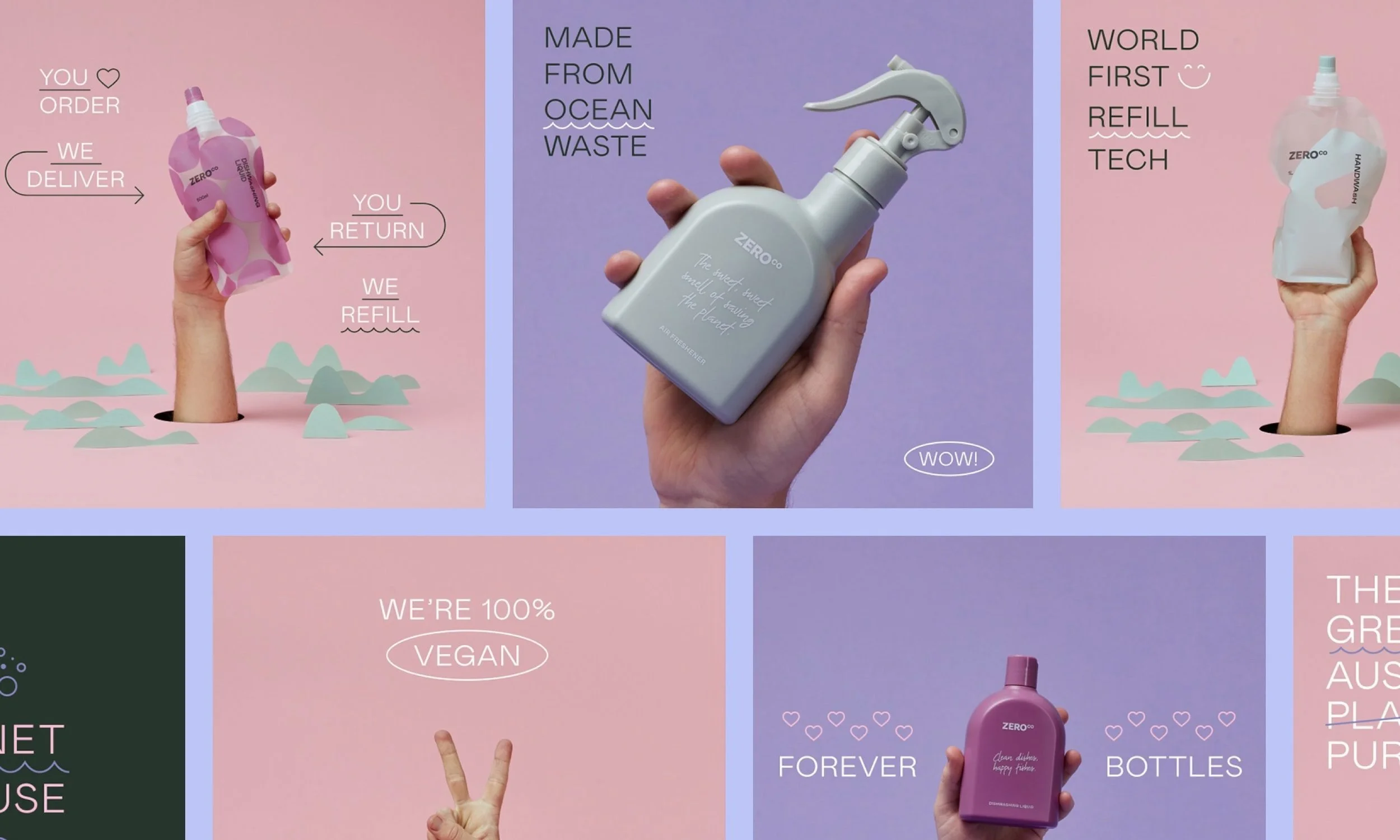Finding what matters amongst a mess of opinions and buzzwords
The world is filled with branding and marketing ‘experts’, all promising to help ‘find your purpose’ and deliver ‘growth’. Yet somehow, they’ve collectively contrived to deliver the very outcome they’re meant to help avoid – complexity and confusion.
Looking for a brand or marketing partner? You’ll find plenty of options out there, many with countless theories, buzzwords and contradictory advice attached. For a lot of businesses, it can feel like a confusing mix of logos, slogans, purpose statements and marketing babble – without any clear sense of direction or value.
My number one priority for any client is to help them find what matters most about their organisation – and then help them turn that clarity into brand and marketing that matters more to the people they serve. It’s why I’ve developed a Brand Framework: a formalised approach to help clients of all backgrounds understand what elements are required; their respective purpose and benefit.
So, where does a brand end and marketing start? What’s a proposition versus a position? How do you tell the difference between tone, voice and verbal identity?
Hopefully the following will help.
—
Brand Essence is your DNA –– think of it as both your ten-second elevator pitch and the most compelling insight about your brand. No more than three or four words. Volvo – Safety above all else; BMW – Driving Pleasure; AirBNB – belong anywhere; Disney – Magical experiences.
Volvo hasn’t always ranked as the #1 safest car to own, but it's always been #1 safest car in the minds of car buyers.
—
Brand Purpose is why your brand exists — fundamentally, your purpose underpins everything you do and why you do it – a north star guiding business operations. Is your brand purpose-driven (one with noble resolve), or does your brand simply have a practical reason to be? Dove’s purpose is noble: to promote body positivity and self-esteem. Patagonia’s is more practical: they exist to sell outdoor clothing and gear made from sustainable materials using responsible practices.
—
Brand Vision is your ambition for the future — vision gives you direction. It articulates what you aim to achieve and how you want to be known in the world; a lens through which all future growth and success can be measured. Xero’s vision is grounded, to become the most trusted partner for small businesses everywhere, while Headspace’s vision is loftier, to create a future where everyone has access to mental wellbeing support.
—
Brand Promise is the experience you deliver — it’s what people expect every time they interact with your brand across multiple touchpoints – from product to service to communication. Your promise builds trust, creates consistency, and reinforces what you stand for. For example, Visit Victoria’s master-promise is to ‘enrich every moment’. When people visit the state they’ll find:
Nature at their fingertips –– from state parks to alpine and coastal experiences to road trips and mineral springs and more.
A passion for quality –– from excellent food and drink options, to renowned sport, to a vibrant creative and cultural scene, with festivals, music, and events.
Storied culture –– from embracing Victoria’s First Peoples’ stories and experiences, to post-colonial history and multiculturalism, to Victoria’s many excellent villages, townships, and cities.
—
Values support your Purpose and Vision — and shape your brand’s behaviour, communications, and decision-making. They guide your people and define how you achieve and maintain your brand promise. A strong example of brand values comes from Ben & Jerry’s. Their altruistic values inform behaviours across every part of the business:
Human Rights & Dignity –– Advocating for equality, justice, and inclusion.
Social & Economic Justice –– Supporting fair trade and sustainable economic systems.
Environmental Protection –– Committed to reducing environmental impact and promoting climate action.
Social activism has been a hallmark of Ben & Jerry's since it was founded in 1978 by Ben Cohen and Jerry Greenfield, two childhood friends from New York.
—
Brand Personality is how you show up in the world — it humanises your brand, making it distinct and relatable. Your personality influences visual identity, verbal communication, and all outward expressions of the brand. An obvious example is Old Spice – its personality is bold, humorous, irreverent, and confident – and that’s baked into everything from product names and packaging to advertising and social media tone. It doesn’t just sell men’s grooming products – it sells attitude.
—
Verbal Identity is not just what you say, but how you say it — and how you sound. It makes your brand distinctive and ensures consistency across all communication channels. Brand Voice, the outward expression of the brand personality, helps inform what you say. Brand Tone can shift and change depending on what’s being said, when it’s being said, and who it’s being said to. Who Gives A Crap stands out as a good example – their voice is consistent across packaging, web, and social: always humorous, always human, and always with a strong social conscience, while their tone ranges from playful and irreverent to positive and businesslike.
—
Visual Identity is how you’re recognised — it’s your brand look: colour, typography, logo, imagery, graphic elements and design cues – all working together to present an image of your brand and to reinforce who you are. A distinctive look helps build recognition, recall and loyalty. Optus is a great example of a cohesive visual identity. Its bold use of yellow, paired with clean typography and playful graphic elements (like expressive illustrations and shapes), helps the brand feel youthful, energetic, and distinct in a competitive telco market. The “Yes” word-mark acts as both a visual and verbal shorthand, reinforcing the brand’s tone and personality across touchpoints, from store signage to digital campaigns.
—
Brand Positioning is how you want to be perceived — your positioning (and positioning line) defines the space you want to occupy in the market, and more importantly, in the minds of your audience. Positioning clarifies what makes you relevant, different and worth choosing. Nike positions itself as the brand that empowers human potential through sport. It doesn’t just sell shoes or apparel – it sells a mindset and an attitude. The iconic, “Just Do It” positioning line reinforces its place as a motivator, championing determination, performance, and perseverance. N.B. I know everyone references Nike, but when it comes to a brand positioning, no one else comes close. Notable mention to Apple’s ‘Think Different’.
—
Brand Audience is who you’re for — the people you engage, including customers, stakeholders, and influences. It outlines interrelationships, needs, experiences, behaviours, and goals, helping you shape more resonant, meaningful communication and experiences. Nike, Who Gives a Crap, and AirBNB all have all defined a distinct audience group, but I’ve referenced them already. So this example is Salesforce. Salesforce understands their audience values growth enablement, innovation, integration and trust – and their messaging, products and events (like Dreamforce) are tailored to speak directly to those needs.
Dreamforce is Salesforce’s way of showing the world what’s next in tech, while also reinforcing its values and community-first mindset. It’s demonstrates on massive scale that it ‘gets’ its audience and their needs and wants.
—
Brand CVP is your key persuasive argument — your Customer Value Proposition brings together what you offer and why it matters, expressed via one short, persuasive statement, and supported by three key pillars:
Differentiation — What you do that’s better. The distinct qualities that set your brand apart from competitors.
Value — The advantage the customer gains. The tangible and measurable benefits provided.
Relevancy — Why customers choose you. The key drivers that make your brand the preferred choice.
A solid example of a good proposition is Amazon: We make it easy for customers to find, buy, and receive anything they want online – reliably, quickly, and at a great price. (N.B. This is a slight paraphrase. Amazon is very big business and has multiple value propositions, as it serves several target customers in different markets, but you get the idea.)
—
Employee Value Proposition (EVP) is what makes your organisation a meaningful place to work — a strong EVP attracts, engages and retains the right people by aligning internal culture with external brand. Again, supported by three pillars:
Differentiation — The distinct qualities that set the organisation apart.
Value — The tangible and emotional benefits offered to employees.
Relevancy — The key drivers behind why employees choose to stay.
A really good example of a compelling EVP is Salesforce, “we foster an inclusive, purpose-driven culture where people can do the best work of their careers, enjoy meaningful benefits, and be a part of something bigger than themselves.” Notable mention goes to Spotify’s EVP which focuses on belonging and individuality: “Be seen. Be heard. Be you.”
—
Brand Messaging is how you bring your story to life — messaging is your communications toolkit: the key ideas, proof points and narratives that express your brand consistently across marketing, sales, and internal communications.
Great brand messaging does three things: it captures attention, reinforces your brand positioning, and creates emotional or rational connection. It’s not just the headline on your website – it’s what your team says in meetings, how your brand is introduced in pitches, and what people remember after they’ve interacted with you.
A strong example is ZeroCo – a sustainable cleaning and personal care company. Their messaging blends punchy, planet-first slogans, “Untrash the planet”, transparent storytelling (detailing plastic recovery efforts), and customer involvement, “You’re part of the clean-up crew”, to create connection and momentum across every touchpoint.
Messaging that simply and effectively reinforces Zero Co is ‘un-trashing’ the planet.
—
Brand Architecture is how your brand is structured — it outlines the hierarchy and relationships between brands, sub-brands, products or divisions. It provides an essential framework to help navigate complexity, support growth, and ensure customer clarity across brand portfolios.
There are several types of brand architecture – monolithic (one-brand), endorsed (sub-brands with shared equity), and house of brands (independent brands under one parent) – and knowing which model to use is critical for both customer understanding and organisational efficiency.
A good example is Adobe. While Adobe is the master brand, its product suite (Photoshop, Illustrator, Premiere Pro, etc.) uses a branded house architecture. Each product has a consistent naming structure, visual system, and hierarchy that signals belonging – making it easier for users to navigate, trust, and adopt new tools across the ecosystem.
—
Final Thought
Clear language and formalised frameworks create the right conditions for sharper thinking, better decisions, and more valuable outcomes. This framework is designed to bring structure to what often feels abstract – ensuring that everyone, from founders to creatives to sales and marketing teams, is aligned and working from the same page. And in today’s fast-paced, attention-poor, do-all-the-things-yesterday operating environment, that’s got to be a good thing.




